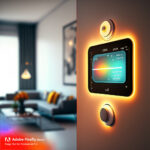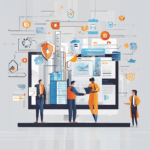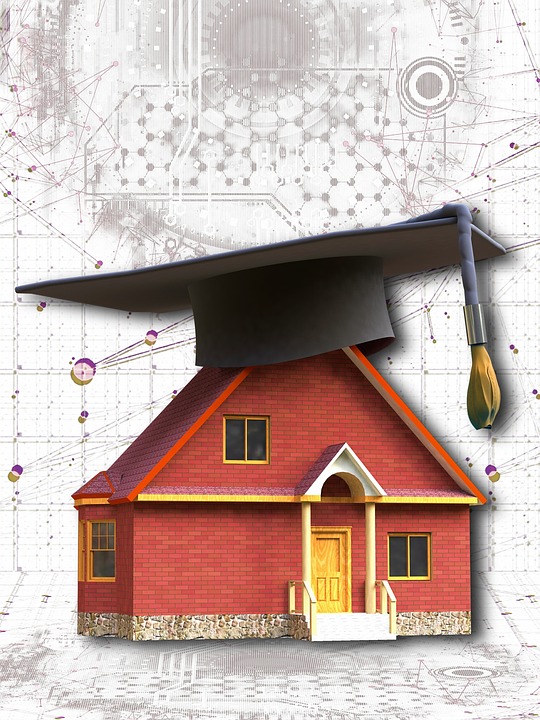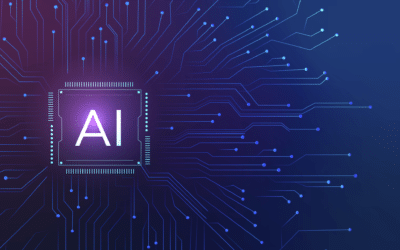CONNECTED VS. SMART DEVICES VS. HOME AUTOMATION
With growing consumer demand and awareness of security and energy efficiency, the smart home automation has emerged to fill the need and is skyrocketing; currently expected to be a 3 billion market by 2026. Smart tech is great as it can offer easy, remote access to many of your home functions, and can also be programmed to perform many mundane home tasks automatically. Let’s take a closer look at the smart home and the differences between the “Connected” and “Smart” devices, and how “Home Automation” ties in.
CONNECTED DEVICES
At the core of all of these things is the “Connected” device. Simply speaking, a connected device is able to share data with other devices or send data over a network. Most of us already live in a connected home with the average home having about 24 electronic devices, most of which all communicate with the internet. An example here would be a printer that is able to wirelessly print documents.
SMART DEVICES
“Smart” devices go one step further, so you could say that ALL smart devices are connected devices, but not all connected devices are “smart”. With a smart device, in addition to simply sharing information, you can also take action and control that device. You can control your heating and cooling, lighting, or other things via your phone or another connected device, and you don’t necessarily have to be home to do it. Once you have multiple connected devices working together, then you have “smart” technology. While smart devices are great, if you just use them at their core level, you’re missing out.
HOME AUTOMATION
To get the best bang for your buck, you will want to incorporate “Home Automation”. Some devices make this easy as it’s already built-in, such as the Google Nest Learning Thermostat’s way of learning your schedules and routines and adjusting itself automatically. Home Automation has been around for a long time but used to be prohibitively expensive to implement. Home Automation means that your home will respond to events in the environment based on rules and conditions that have been previously configured.
WHAT’S IT MEAN?
Going back to the previous example of the Google Nest thermostat, we can look at some of its qualities and what category they fall under. During setup, one of the first things that you will do is connect the Nest to your home wifi which among other things, will allow the thermostat to display your local weather. This is a “Connected” feature.
One of the next steps will be to configure the app on your phone, and possibly connect it voice assistants within your home. This allows you to remotely view and control temperature settings of your thermostat from anywhere and is considered a “Smart Feature”.
The Google Nest Thermostat also automatically ties in “Home Automation” when you set it up. It will begin to make adjustments automatically based on your preferences when you are at home, and switch to energy-saving modes automatically when it detects that no one is there. Once it senses that you are on your way home either from your habits or pr, if you use the geofencing, it will adjust the temperature again to make sure you always return to a comfortable, inviting home.
To make sure that you’re receiving the full benefits of the devices in your home, contact us here to schedule your in-home consultation with RAW Technologies.











0 Comments